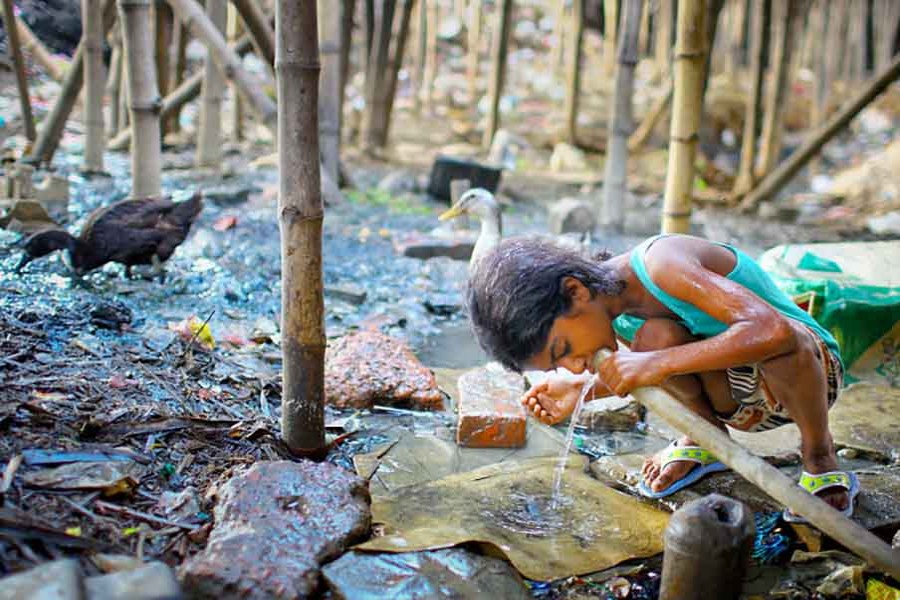Bangladesh, Nepal, Pakistan, the Philippines and Vietnam are top of the chart in the region when it comes to unequal distribution of wealth, food security and nutrition, among various issues, says a global report.
There is less inequality in richer countries such as the Maldives and Thailand, and, in general, countries with higher GDP per capita tend to have smaller gaps in stunting rates between the rich and poor, said the 2017 Regional Overview of Food Security and Nutrition.
In Bangladesh, the government has substantially increased agricultural and rural credit for smallholder farmers, says UNB in accordance to the report released by Food and Agriculture Organization (FAO).
All commercial banks are mandated to expand farm loans and reduce interest rates from 8 to 2 per cent for production of pulses, oil seeds and spices, it said.
In January 2016, commercial banks launched low-cost loans for dairy farmers at 5 per cent interest on borrowing from the central bank's refinancing fund, which was created to encourage dairy farming, with priority given to women and marginal farmers.
In Bangladesh, the report said, major floods caused serious damage to the main boro season crop, leading to a year-on-year domestic price increase of more than 70 per cent for coarse rice (May 2016 to May 2017).
In response to the high prices, the government announced that it would import up to 600000 tonnes of rice through government-to-government deals with neighbouring countries, including India, Thailand and Vietnam.
In addition, the government lowered the import tariff substantially from 25 to 10 per cent and the Central Bank removed the Letter of Credit margin on rice imports until 31 December.
Similarly, a recent technical cooperation project implemented by FAO in horticultural supply chains in three South Asian countries - Bangladesh, Nepal and Sri Lanka - showed that capacity development of smallholders in good harvesting and post-harvest management practices, coupled with the introduction of appropriate levels of technologies, were effective in improving quality and shelf life and considerably reducing post-harvest losses in fruits and vegetables.
The United Nations food security agency on Friday said urgent action is needed to tackle malnutrition and promote consumption of healthier foods in the Asia-Pacific region - home to most of the world's undernourished people.
"Good nutrition depends on raising awareness about healthy foods and choices, as well as efficient, affordable and sustainable systems to deliver that food," said FAO head in the Asia-Pacific region Kundhavi Kadiresan announcing findings from the agency's regional report on food security and nutrition.
"If we're to reach the Sustainable Development Goal of [ending hunger] in the region, we must invest to improve our food systems and pool our knowledge and resources to meet our current food and nutrition challenges head on."
The FAO report, 2017 Regional Overview of Food Security and Nutrition has revealed that while food security has improved for millions of people in Asia and the Pacific, hunger and malnutrition appear to be rising in some areas, leaving roughly half-a-billion people undernourished.
At the same time, report also found that obesity is on the rise, with "significant increases" in the prevalence of overweight children over the past 15 years, especially in South Asia (from three per cent to seven per cent) and Oceania (five per cent to nearly 10 per cent).
The report was released Friday at a regional symposium on sustainable food systems in Bangkok, the capital of Thailand.


